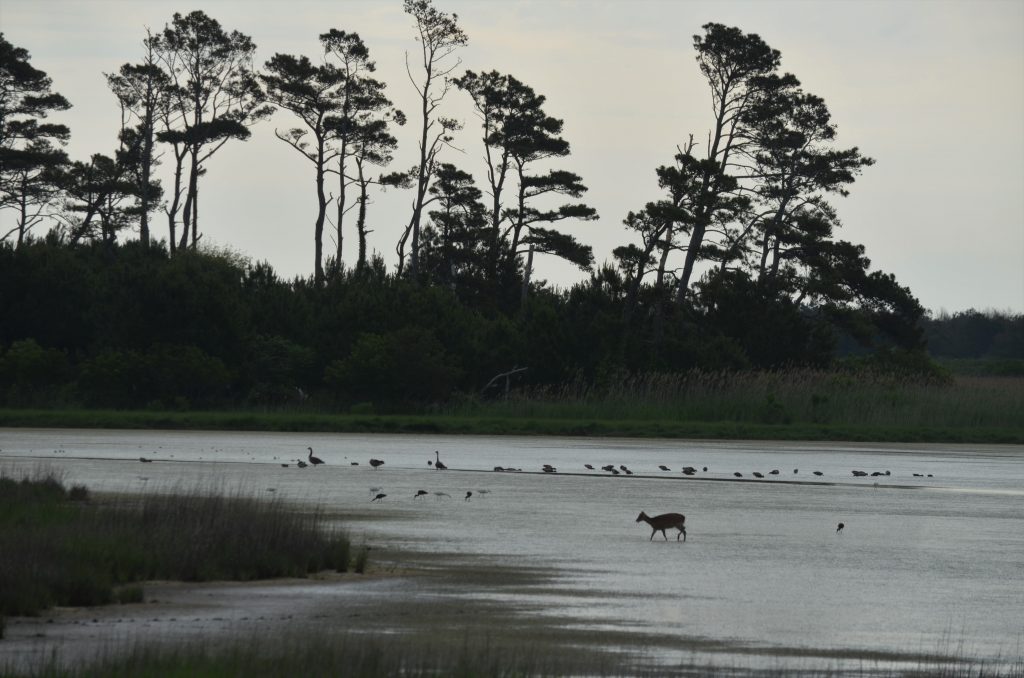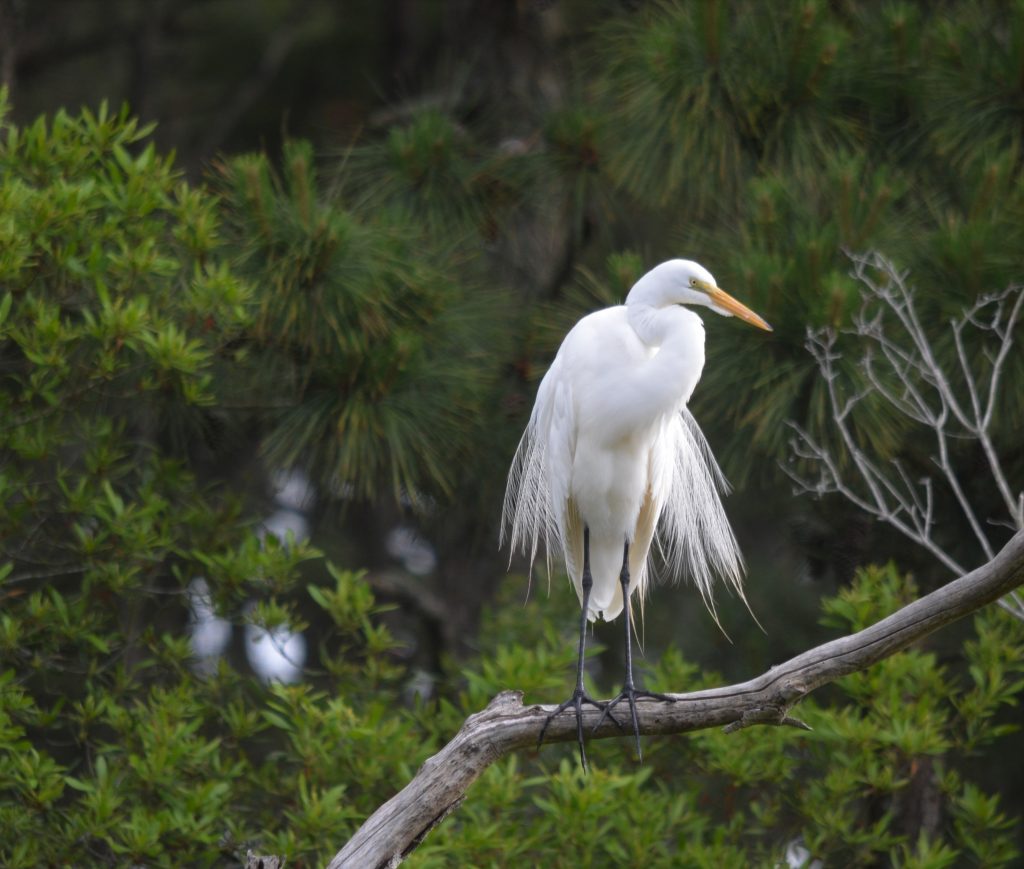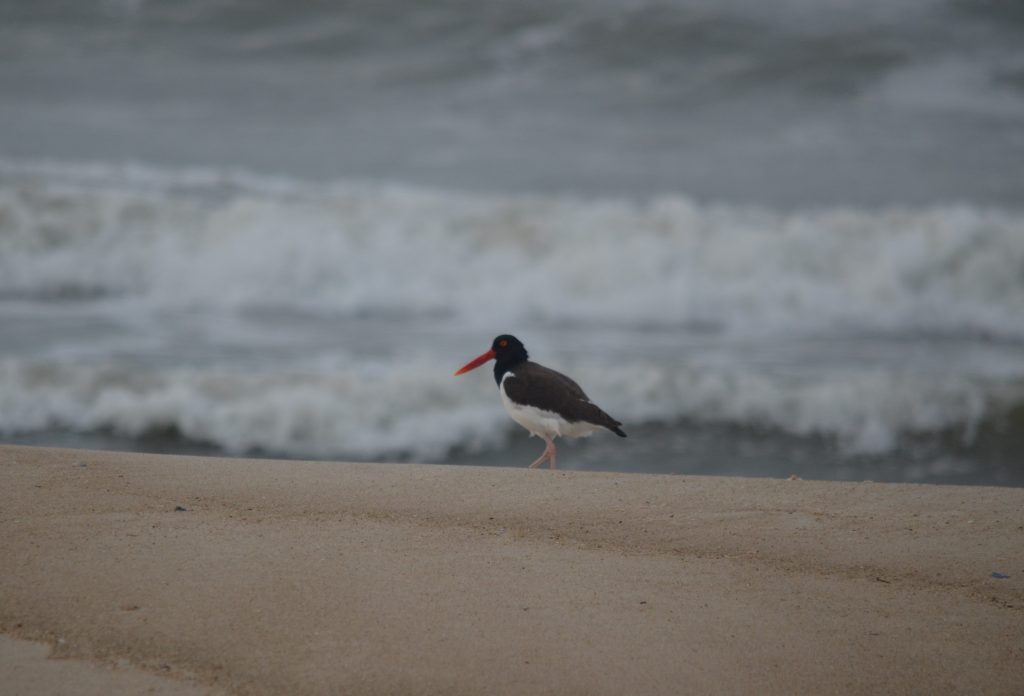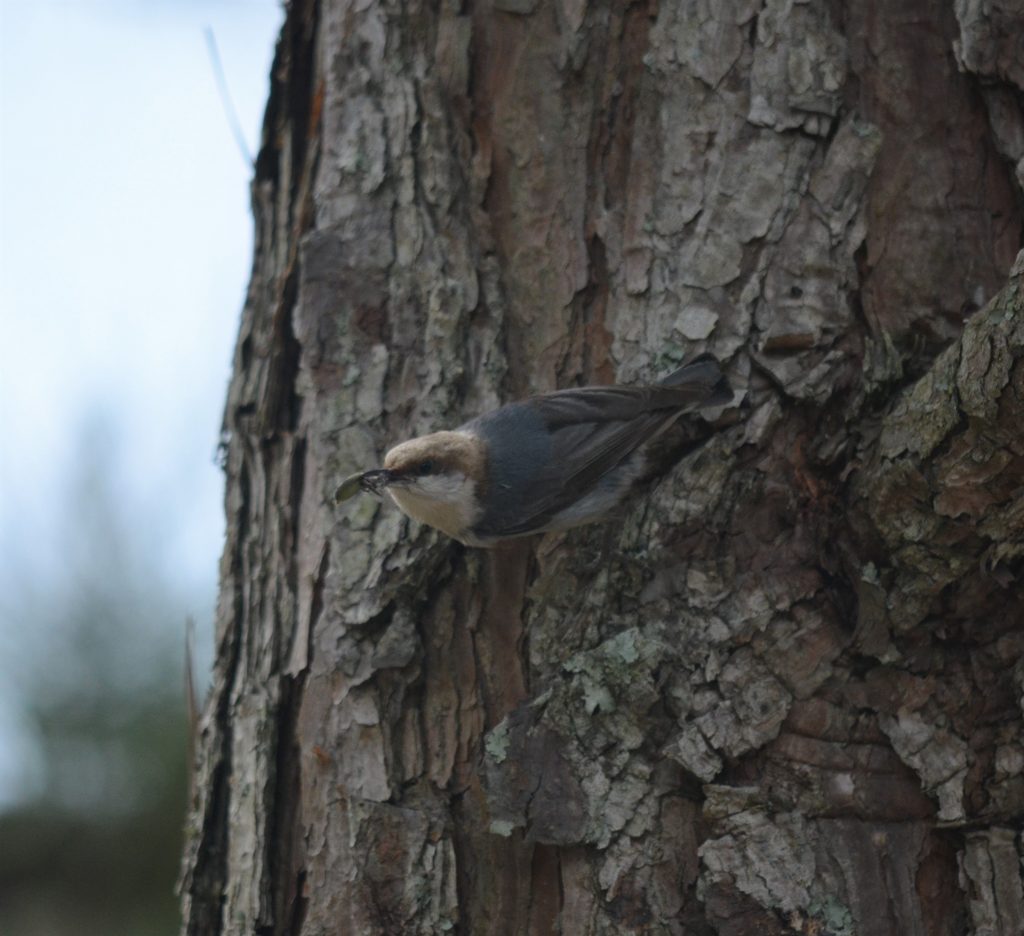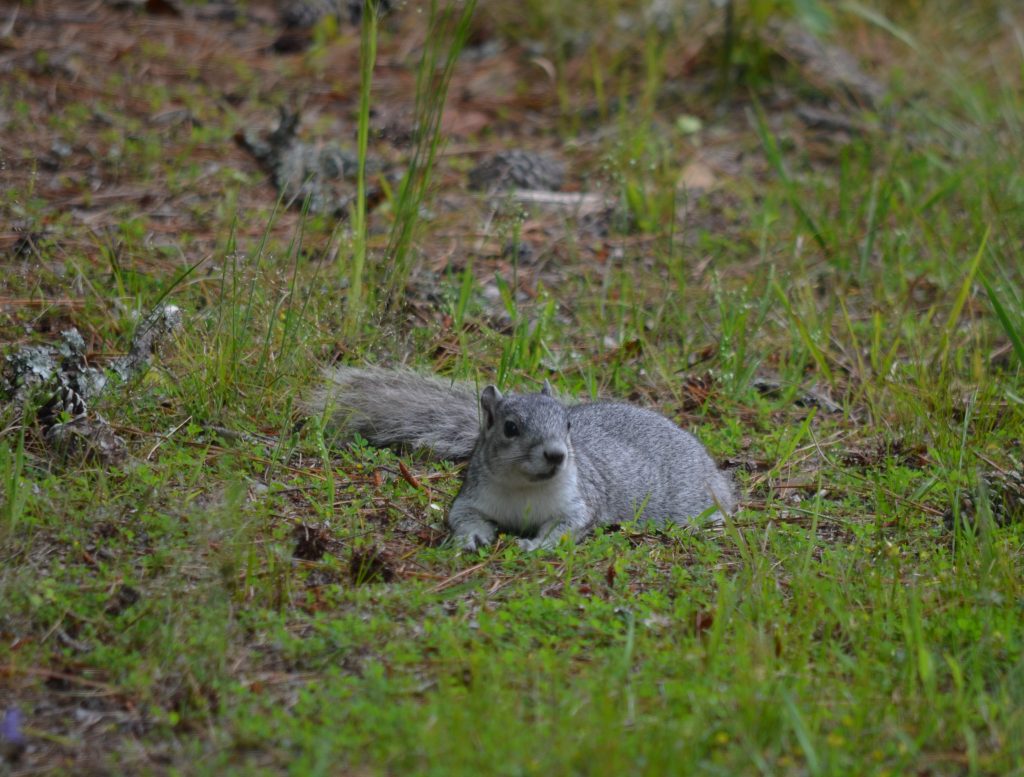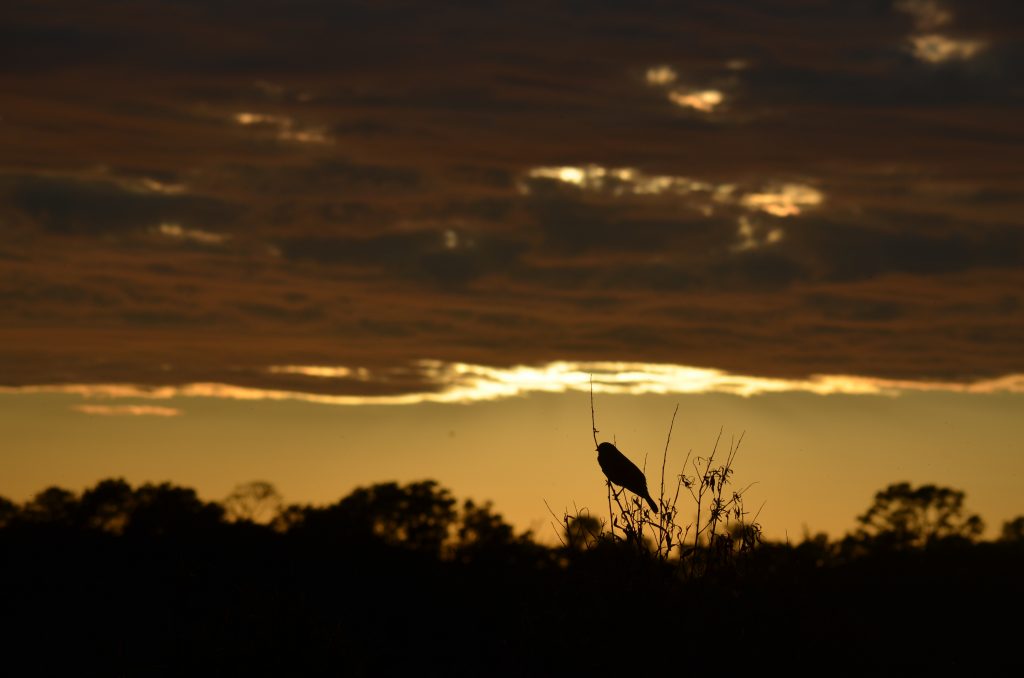At precisely 5:43 pm today, Saturday, June 20, 2020, we mark the Summer Solstice in the Northern Hemisphere-the day with the maximum amount of daylight hours where we live. While we celebrate the beginning of our summer, my family and friends in Australia, in the Southern Hemisphere, are marking the exact opposite-their winter solstice, or their shortest day of the year.
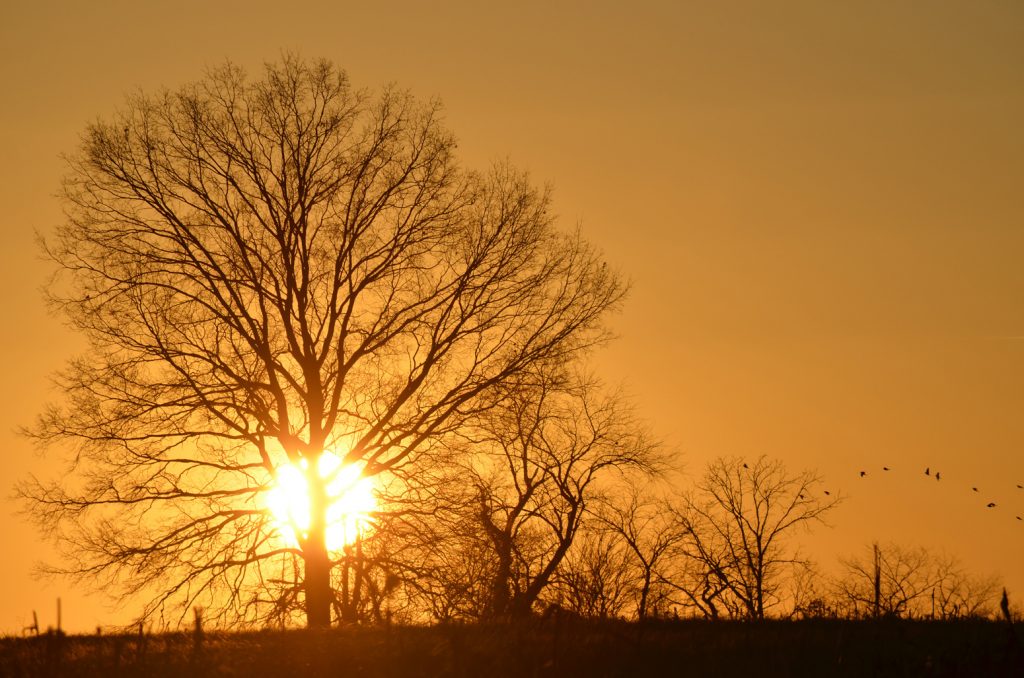
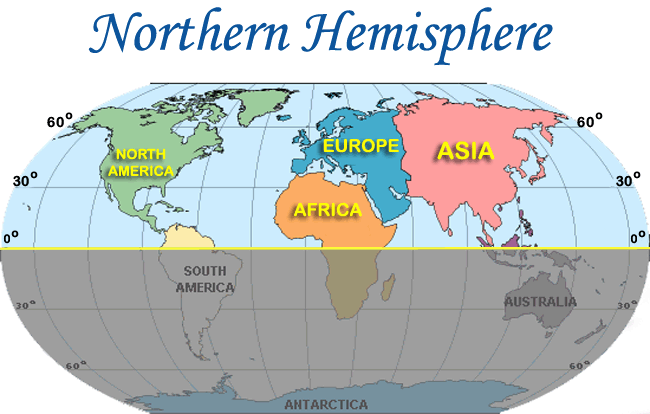
Most of us probably never think of ourselves as being passengers on-board a spinning planet that whips around on its axis of rotation once every 24 hours, or that travels 970 million kilometers on its 365-day journey around the sun. But we are! If the earth’s axis of rotation was perpendicular to the sun-earth line, we would have no solstices and no strong seasonal effects. However, Earth’s rotational axis — the imaginary line through our planet’s center and the geographic north and south poles — isn’t exactly at a right angle to the planet’s orbital path around the sun. Instead, it’s tilted at an angle of about 23.5 degrees from vertical— possibly as the result of a collision with another planet-sized object billions of years ago, when the solar system was forming
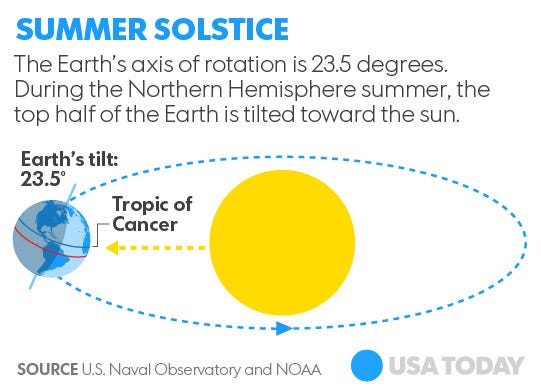
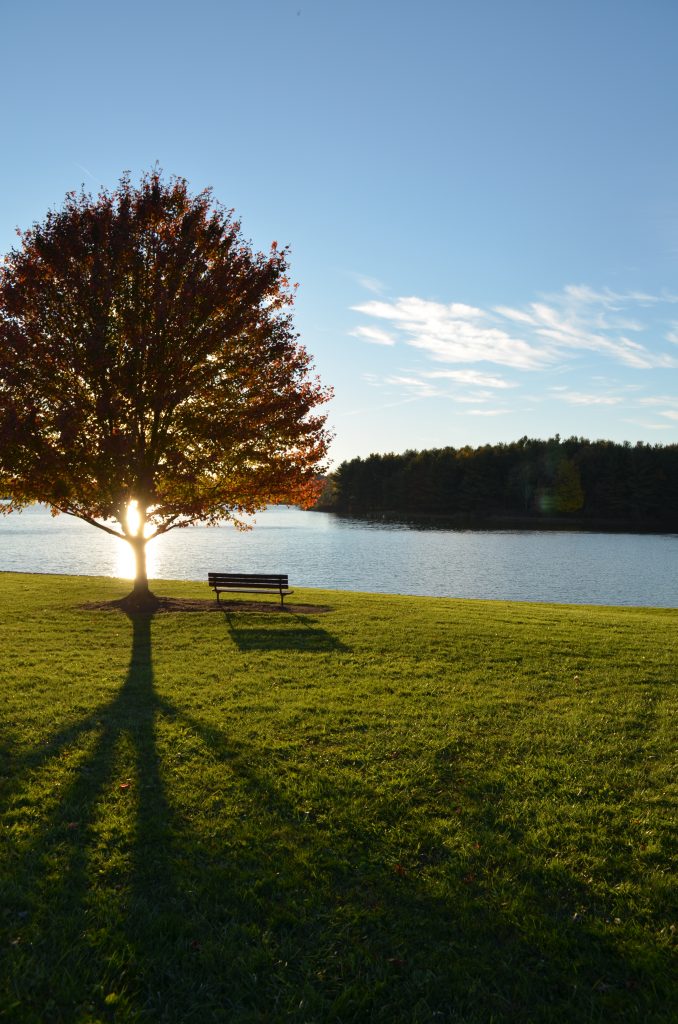
The summer solstice occurs at the moment in our 365-day year, when that tilt toward the sun is at a maximum. On this day, today, the June solstice, Earth is positioned in its orbit so that our world’s North Pole is leaning most toward the sun. As seen from Earth, the sun is directly overhead at noon 23.5 degrees north of the equator, at an imaginary line encircling the globe known as the Tropic of Cancer– named after the constellation Cancer the Crab.. This is as far north as the sun ever gets. As Earth orbits the sun over the course of each year, its axis always points at the same direction in space. That means the Northern Hemisphere is angled toward the sun for half the year and angled away from the sun for the other half.
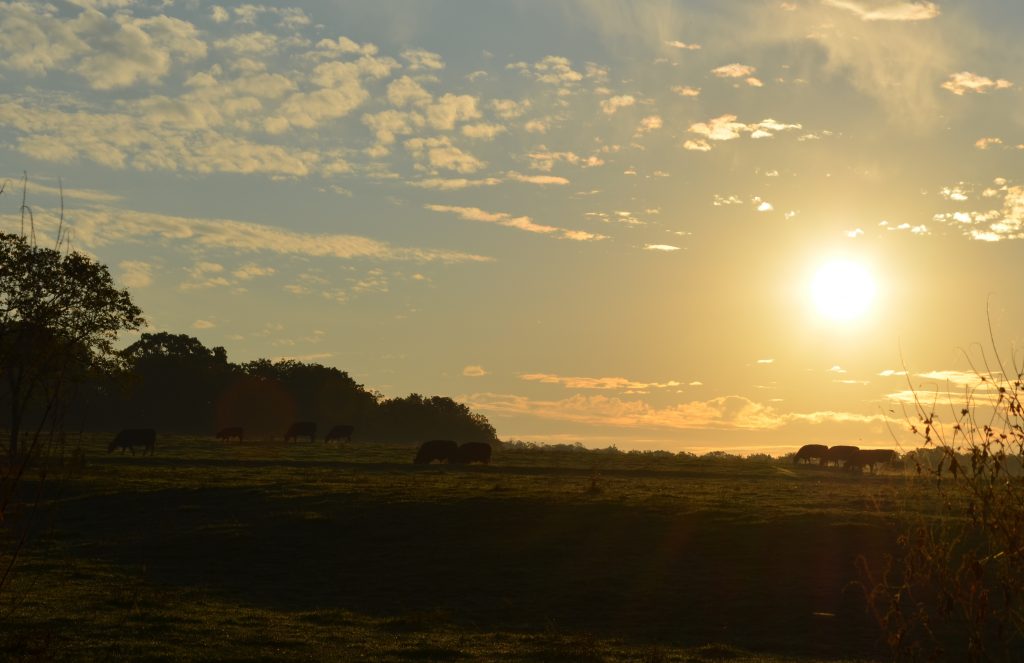
“Solstice” is derived from the Latin words “sol” (sun) and “sister” (to make stand). To early astronomers, it literally meant the moment in which they observed the sun “standing still in the sky.” After this date, the days start getting “shorter,” i.e., the length of daylight starts to decrease, and although we now call it our “summer season,” we’re actually headed toward the next seasonal change, the autumnal equinox (September 22nd in 2020), commonly called Fall-when the days and nights have equal amount of daylight and darkness-12 hours.
Ancient cultures knew that the sun’s path across the sky, the length of daylight, and the location of the sunrise and sunset all shifted in a regular way throughout the year. They built monuments, such as Stonehenge, to follow the sun’s yearly progress. Native American tribes of the Bighorn Mountains in present-day Wyoming once constructed stone wheels with 28 spokes in tribute to the Summer Solstice. This “medicine wheel” was aligned with sunrise and sunset on Solstice. Constructed at the top of a mountain range, the structure is only accessible during the summer months. Similar wheels have been found across South Dakota, Montana, and parts of Canada.

photo courtesy of Enea Kelo

photo courtesy of Kathy Whalen
We refer to today as the “longest day of the year,” the day the “sun stands still in the sky.” Enjoy it-Celebrate it! Get Out and About today!


